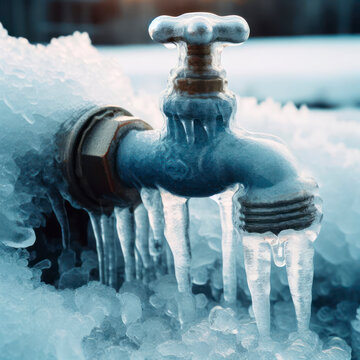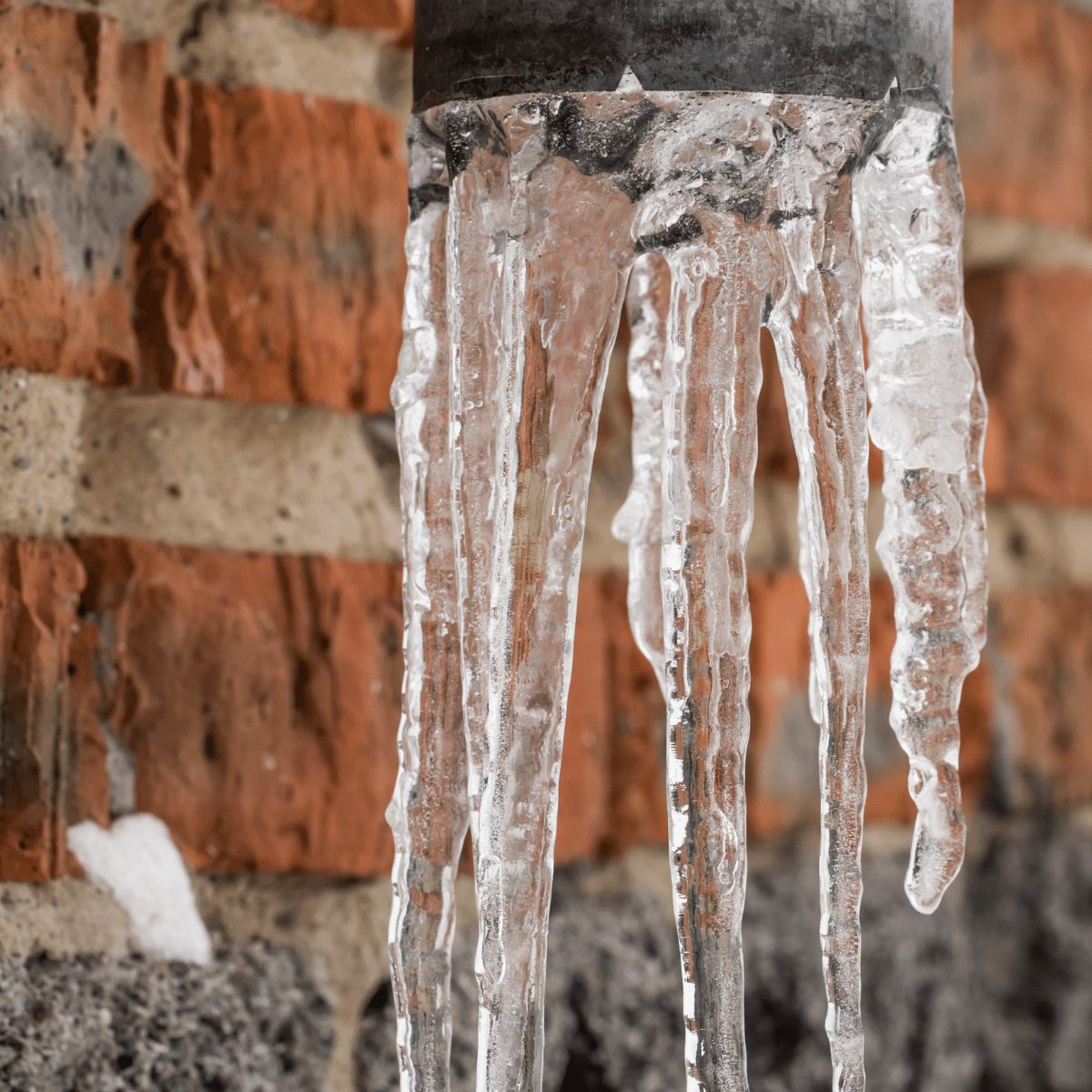This post below on the subject of Prevent Frozen Pipes is totally enlightening. Don't miss it.

Winter can ruin your pipes, specifically by freezing pipes. Here's how to stop it from occurring and what to do if it does.
Intro
As temperatures decrease, the risk of frozen pipelines rises, potentially bring about costly repair services and water damages. Understanding exactly how to stop icy pipes is crucial for property owners in cool environments.
Avoidance Tips
Insulating vulnerable pipes
Wrap pipes in insulation sleeves or utilize warmth tape to shield them from freezing temperature levels. Concentrate on pipelines in unheated or outside areas of the home.
Heating techniques
Maintain indoor rooms appropriately warmed, particularly locations with pipes. Open up closet doors to permit cozy air to flow around pipelines under sinks.
Just how to determine icy pipes
Seek lowered water circulation from faucets, unusual smells or noises from pipes, and visible frost on subjected pipes.
Long-Term Solutions
Structural changes
Consider rerouting pipelines away from exterior wall surfaces or unheated areas. Include added insulation to attics, basements, and crawl spaces.
Updating insulation
Purchase high-grade insulation for pipelines, attic rooms, and walls. Proper insulation helps maintain regular temperature levels and decreases the threat of frozen pipes.
Securing Exterior Pipes
Yard hose pipes and outdoor faucets
Detach and drain garden hose pipes before wintertime. Install frost-proof spigots or cover outdoor faucets with insulated caps.
Recognizing Icy Pipes
What creates pipes to freeze?
Pipelines ice up when subjected to temperatures below 32 ° F (0 ° C) for prolonged periods. As water inside the pipes ices up, it broadens, taxing the pipe wall surfaces and possibly causing them to break.
Risks and problems
Frozen pipelines can result in water disturbances, building damage, and costly repair work. Ruptured pipes can flooding homes and trigger considerable structural damages.
Indications of Frozen Water Lines
Determining icy pipes early can prevent them from rupturing.
What to Do If Your Pipes Freeze
Immediate activities to take
If you suspect icy pipelines, keep faucets open to alleviate pressure as the ice thaws. Make use of a hairdryer or towels taken in hot water to thaw pipes gradually.
Conclusion
Avoiding frozen pipes calls for aggressive procedures and quick reactions. By understanding the causes, indicators, and safety nets, homeowners can safeguard their plumbing during winter.
6 Proven Ways to Prevent Frozen Pipes and Protect Your Home
Disconnect and Drain Garden Hoses
Before winter arrives, start by disconnecting your garden hoses and draining any remaining water. Close the shut-off valves that supply outdoor hose bibs and leave the outdoor faucet open to allow any residual water to drain. For extra protection, consider using faucet covers throughout the colder months. It’s also important to drain water from any sprinkler supply lines following the manufacturer’s directions.
Insulate Exposed Pipes
Insulating your pipes is an effective way to prevent freezing. Pipe insulation is readily available at home improvement stores and is relatively inexpensive. Pay close attention to pipes in unheated areas such as the attic, basement, crawl spaces, or garage. Apply foam insulation generously to create a buffer against the cold. You can also wrap your pipes in heat tape or thermostat-controlled heat cables for added warmth.
Seal Air Leaks
Inspect your home for any cracks or openings that could let in cold air. Seal any holes around the piping in interior or exterior walls, as well as the sill plates where your home rests on its foundation. Additionally, make sure to keep your garage door closed unless you’re entering or exiting. Leaving it open creates a significant air leak that can lead to frozen pipes.
Allow Warm Air Circulation
During cold snaps, it’s essential to allow warm air to circulate evenly throughout your home. Leave interior doors ajar to promote better airflow. Open kitchen and bathroom cabinets to help distribute heat consistently around the rooms. If you have small children or pets, be sure to remove any household chemicals or potentially harmful cleaners from open cabinets for safety.
Let Faucets Drip
A small trickle of water can make a big difference in preventing ice formation inside your pipes. When temperatures drop significantly, start a drip of water from all faucets served by exposed pipes. This continuous flow helps prevent the water from freezing. Additionally, running a few faucets slightly can relieve pressure inside the pipes, reducing the chances of a rupture if the water inside does freeze.
https://choateshvac.com/6-proven-ways-to-prevent-frozen-pipes-and-protect-your-home/

Hopefully you enjoyed reading our article on Preventing and dealing with frozen pipes. Thanks so much for taking a few minutes to browse our piece. Appreciated our write-up? Please quickly share it. Help someone else discover it. I praise you for your time. Revisit us soon.
Apply Now